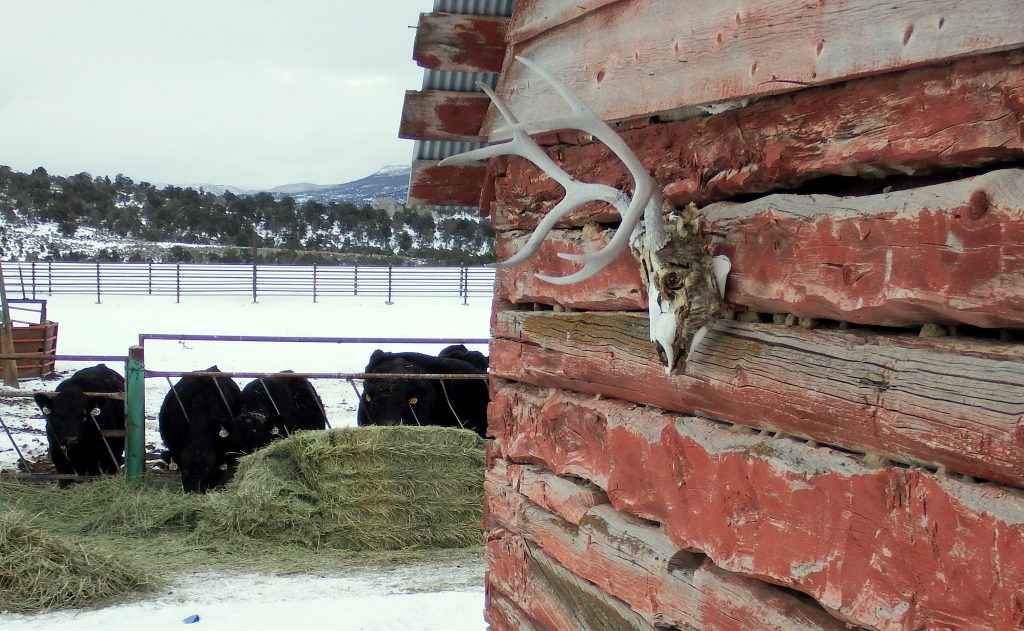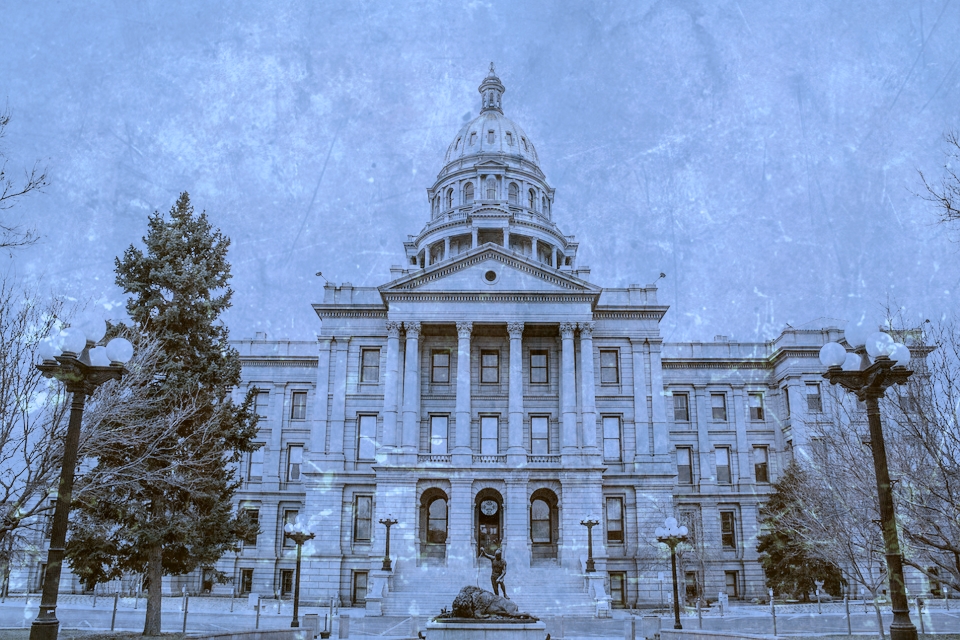Fire is natural to forested landscapes in the West. Most people understand the difference between natural low-intensity fires and catastrophic, stand-replacing crown fires. In a natural situation, wildfire can promote natural regeneration and fuels reduction. But in their current overcrowded, unhealthy condition, catastrophic wildfires can devastate forests, sterilize soils, reduce water quality, destroy wildfire habitat, and threaten human lives and property.
Gordon Cruickshank
Reducing fuel loads among a host of preservation tools
Readers should beware of ideological or political statements based on “overwhelming science” when the writer doesn’t provide responsible sources. A good example is Brett Haverstick’s March 24 guest opinion that claims science doesn’t support the management and restoration of forests in the face of catastrophic wildfire, insects and disease. There is plenty of peer-reviewed research that strongly supports the role of active management in improving and maintaining the health and resiliency of our forests.
The National Insect and Disease Map, developed through rigorous scientific standards, indicates 60 to 80 million acres of forests are at risk of insects and disease and are in need of treatment. In 2012, the Science-Based Risk Analysis Report, available at forestsandrangelands.gov, determined that “experience with fuels treatment projects has demonstrated the value of fuels reduction to reduce wildfire suppression costs and protect land and resources.” The 2013 Nature Conservancy field guide for dry forest restoration cites more than 150 scientific sources outlining the need for active forest management on this forest type.
Fire is natural to forested landscapes in the West. Most people understand the difference between natural low-intensity fires and catastrophic, stand-replacing crown fires. In a natural situation, wildfire can promote natural regeneration and fuels reduction. But in their current overcrowded, unhealthy condition, catastrophic wildfires can devastate forests, sterilize soils, reduce water quality, destroy wildfire habitat, and threaten human lives and property. Observational studies, experimental studies and computer modeling studies (Fulé et al. 2001a and 2001b; Pollet and Omi 2002; Finney et al. 2003; Schoennagel et al. 2004) suggest that the risk of crown fire can be lowered if fuel loads are reduced, small-diameter trees are removed and ladder fuels are minimized.
Salvaging dead and dying trees, as well as replanting, are management tools that can help expedite the rehabilitation of a forest after a catastrophic wildfire. It can also help recover the economic damages caused by the fire, support jobs and help pay for post-fire recovery. In examining the effects of salvaging on the site of a fire in California, the Forest Service’s Pacific Southwest Research Station concluded that the diversity of plant species and their abundance, as a whole, differed little between logged and unlogged sites.
William Stewart, a Cal-Berkeley forestry specialist, writes that managing forests to reduce fuel loads “provides immediate dividends,” “including fewer fuels mean less-intense wildfire, greater firefighter safety, lesser environmental consequence and fewer greenhouse gas emissions.” Numerous studies detail the benefits of active forest management and wood products to carbon sequestration.
Active forest management is a choice for the public, public lands managers and policy in the face of catastrophic wildfire, insects and disease. We can choose to take action to protect our public lands and natural resources, or we can choose to do nothing; both will have consequences.
Gordon Cruickshank is a Valley County commissioner.





The US Forest Service and the State Forest Service are both guilty of “not” doing their jobs to properly manage our forests. They no longer even try to put out fires and once our forests are burnt to the ground it is nearly impossible to harvest the downed or burnt wood. This nation is in dire need leaders that can think outside the box, with brass balls and a desire to make this nation great again.